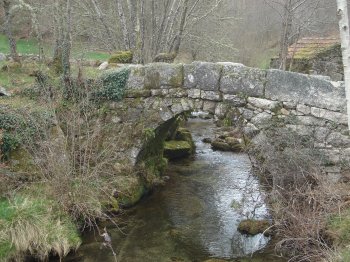Explore the best places
Heritage in Portugal
Estação Arqueológica do Monte Senhor dos Desamparados
- heritage
Rua Senhor dos Desamparados
4740-598, Esposende
Castro of small dimensions consisting of round plant houses and a defensive system with two walls.
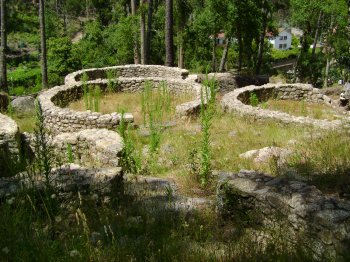
Fábrica de Curtumes da Ramada
- heritage
Rua da Ramada, 52
4810-445, Guimarães
With roots in the middle ages, the tanning industry occupied, in other times, a specific zone, located at the gates of the city, called "Ribeira hides". Given the historical significance and heritage of this area and constituting an essential element of this region, was classified as a Building of public interest, in 1977. In this way, the route of Industrial heritage of Vale do Ave highlights the tanning of Ramada factory as a significant example in full operation.
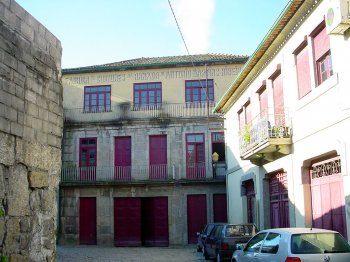
Chafariz de Vila
- heritage
Largo Amadeu Abílio Lopes
4960-521, Melgaço
Medium-sized fountain located in the rotunda of one of the main roads of Melgaço.
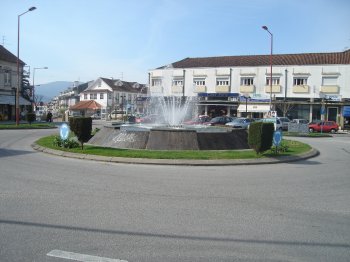
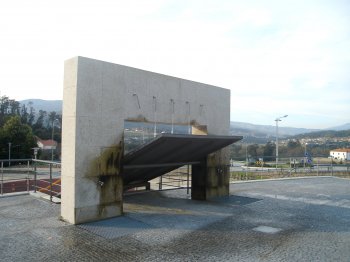
Homenagem ao Emigrante
- heritage
Fiães
4960-150, Fiães
Statue in honor of the region's emigrants, who left Portugal in large numbers in the decades of 60 and 70.
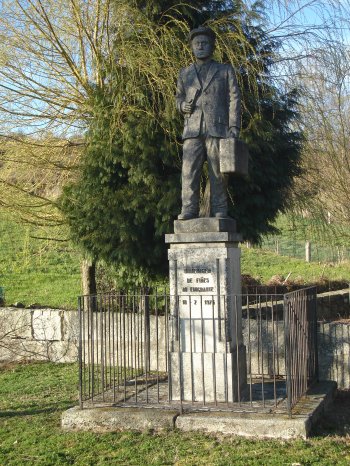
Cruzeiro das Laboradas
- heritage
Rua do Sobrado
4910-020, Lage
18th century architecture cruise, surmounted by a Latin cross, which, on the front face, has the image of Christ crucified.

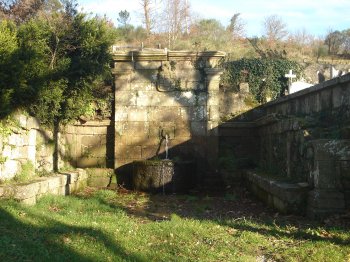
Chafariz da Praça Municipal
- heritage
Praça Conselheiro Silva Torres
4910-122, Caminha
This fountain, of 16th century origin, is based on a platform surrounded by a balustrade graded, with pinnacles. The tank rises an ornate body, which supports both bowls where the water gushes.
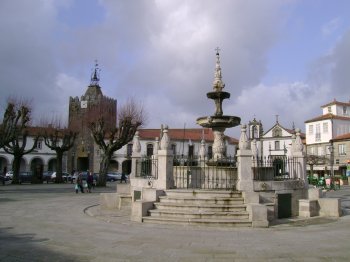
Tanque de Santo António
- heritage
Calçada da Escola
4910-111, Caminha
Laundry made up of a rectangular tank with inclined sinks in all faces and by a porch, also rectangular, pillared asphalt and roof coverage of four waters.
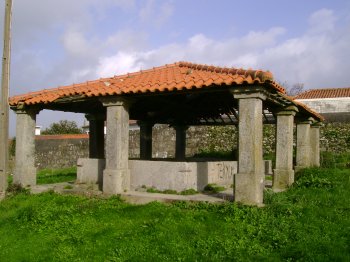
Ponte de Assureira
- heritage
Assureira
4960-026, Castro Laboreiro
This bridge has an original structure once it unites two chronological distinct arches. One it’s from the Roman period with vast paving stones and padded devices and another one is Romanic covered with paving stones constituted by miniature stones.
